In 1982, the CD (Compact Disc) and its playback devices were released. This format records audio as digital data, and key specifications include the sampling rate, which indicates the resolution of the time axis, and the bit number, which represents the resolution of the volume.
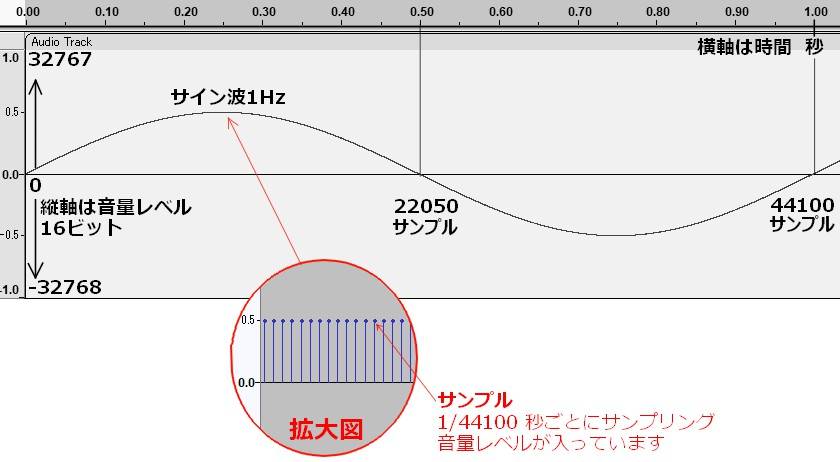
The CD has a sampling rate of 44,100 Hz, meaning it records 44,100 samples per second. This sets up the Nyquist frequency, which determines the highest frequency of sound that can be recorded. For a sampling rate of 44,100 Hz, it can handle frequencies up to 22,050 Hz.
The bit number is 16 bits, allowing for values between -32,768 and 32,767. This defines the range between the quietest and loudest sounds that can be recorded. This is typically expressed as dynamic range, and for 16 bits, it is approximately 96 dB.
The quality of digital audio data is determined by the sampling rate and bit number. In 1982, 44,100 Hz and 16 bits were realistic values, but with modern technology, both the sampling rate and bit number can be increased. However, since CD compatibility is crucial, it’s not feasible to arbitrarily change these specifications. Similarly, DVDs and Blu-ray discs also have a set sampling rate and bit number.
- 44100Hz 16bit:CD
- 48000Hz 16/24bit:DVD
- 96000Hz 16/24bit:Blu-ray
- 192000Hz 24/32bit:Blu-ray
The 48,000 Hz sampling rate was established when DVD video content was introduced. The reason for this is that it is an integer multiple of the 32,000 Hz used by broadcasting stations. Frequencies higher than this are typically set as double the specifications of previous standards.
What’s peculiar is how the 44100 Hz was determined on the CD. The 100, in particular, seems somewhat strange.
■ How 44100Hz as a Sampling Rate Was Determined
The adoption of the 44,100 Hz sampling rate for CDs has been a bit of a mystery since the 1980s. Even in interviews with the developers, developers often couldn't give a clear answer, which only fueled speculation. However, as we entered the 2000s, more information was released that shed light on the reasons behind this decision. Now, with a bit of research, we can gather some useful information. Below is a summary based on notes I took during my own research. While I believe it isn't too far from the truth, certain technical aspects, especially calculations, may involve some speculation. These are probably the reasons why such details weren't disclosed in interview articles.
Specifications for the CD were determined by Sony and Philips. Sony had already released the PCM-1 processor in 1977, and the development of the CD specifications was based on this technology. However, the PCM-1 had a different specification from the CD that had a sampling frequency of 44,056 Hz, 13-bit 3-line interpolation, and 2 channels. This was because the PCM-1 used a professional VTR (Video Tape Recorder) as the recording medium, which was based on the NTSC standard, and this resulted in the 44,056 Hz frequency.
In the same year, a model called "PAU-1602," developed jointly with NHK, followed the PAL standard and had the specifications of 44,100 Hz, 16-bit, and 2 channels, which are identical to the CD's specifications. It is believed that the CD specifications were based on the PAL system.
Now let's take a closer look. Professional VTRs are analog devices. They record both video and audio signals onto magnetic tape in analog form. When using PCM (Pulse Code Modulation) for recording, this analog method is utilized. Digital recording requires the ability to record vast amounts of data at high speeds. For example, to record 44,100 samples per second, 16 bits per sample, and 2 channels, the total amount of data is:
44,100 samples/sec×16 bits/sample×2 channels=1,411,200 points/sec
This is a huge amount of information, and since digital recording requires recording ON/OFF modes for each bit of data, the only viable option at the time was to use a VTR. Regular audio tape players could not achieve the required speeds.
Now, let’s explore how a VTR records data onto the magnetic tape. The tape itself moves at a speed of several tens of millimeters per second, but a cylindrical drum is used to wrap the tape and rotate during recording and playback. The recording head is a small point on the surface of the drum. There are two points on the circumference of the drum where data is recorded. The video shown in the next section spins slowly for demonstration purposes, but in reality, the drum spins at several thousand rpm (revolutions per minute), which allows for high-speed data writing onto the tape.
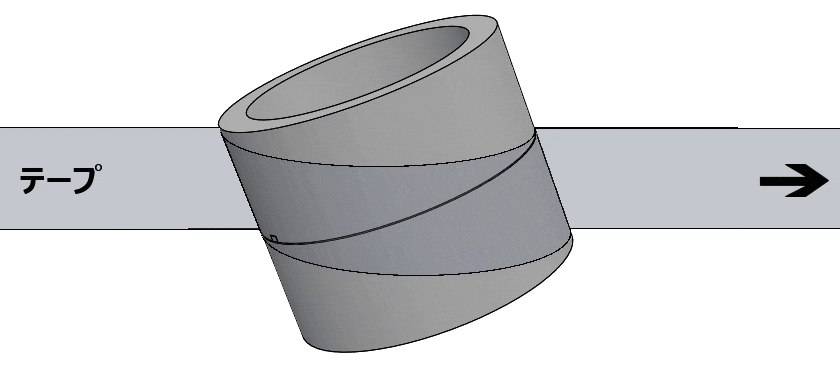
In VTR recording, the tape is placed at a diagonal angle and rotates as it records. This means that the tape layout is as follows. PCM (Pulse Code Modulation) recording stores audio data along diagonal lines on the tape, which, in the case of video, corresponds to the scanning lines used for the image.

Here is an image of how the data is recorded on the tape. Since we only need to record ON/OFF modes, the data consists of maximum and minimum values representing the audio signal.
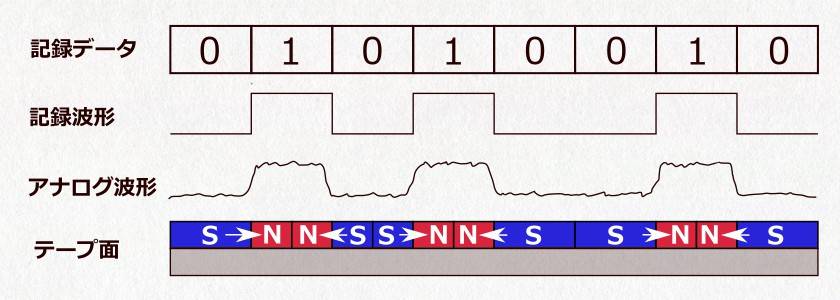
In the context of video, the scanning lines are the paths of the electron beam that projects the image onto the cathode ray tube (CRT). For a TV screen, the following is true: to generate one complete screen image, 525 scanning lines are necessary. This process occurs 30 times per second (30 frames per second). Therefore, the total number of scanning lines required per second is:
525 lines/frame×30 frames/sec=15,750 lines/sec
However, the effective scanning lines used for the image are 490 lines. These 490 lines are what constitute the visible image on the screen.
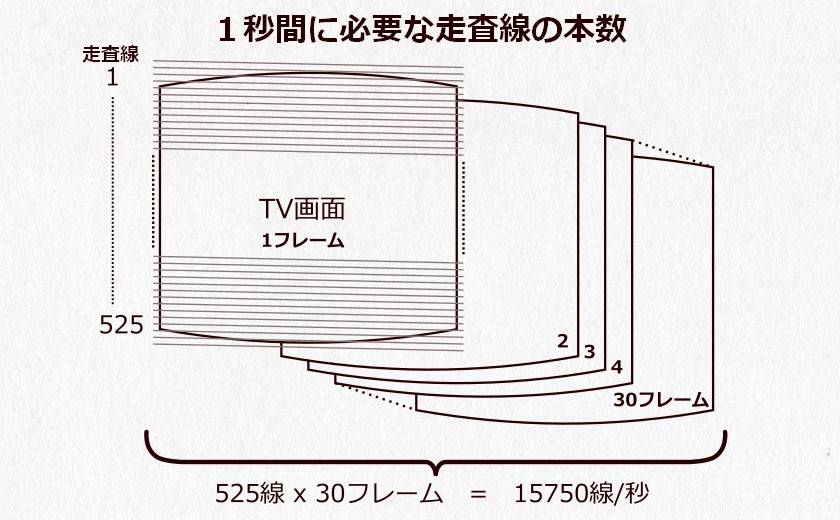
In PCM (Pulse Code Modulation) recording, data was recorded for each scanning line using 3 samples x 2 channels of data. By utilizing only the effective scanning lines, stable recording was achieved. When calculating this, we get the following:
490 effective scanning lines×30 frames×3 samples (2 channels)=44100 samples
This configuration was designed for professional equipment, and the ability to maintain the same specifications from recording to release provided a significant advantage. It is believed that this specification was directly adopted for the CD. Philips, understanding that a Nyquist frequency of 20kHz or above was sufficient, did not worry too much about the "odd" nature of the number. Since the PCM processor already implemented 44100Hz, they likely did not want to go lower, and raising it further would have made the equipment prohibitively expensive. Within the constraints of the time, 44100Hz was the result of the highest sound quality achievable.
Regarding bit depth, there was a dispute between Philips, which preferred 14-bit, and Sony, which pushed for 16-bit. Ultimately, the desire to achieve the best sound quality led to the decision to settle on 16-bit.
■ Why Number 44100
The number 44100 is interesting because, while it's not clear if it was chosen intentionally, it has a unique property: when divided by integers from 1 to 9, it results nicely into whole numbers for all except for the number 8, where the result is a decimal. For instance, dividing by 7 results in a whole number, which can make it feel like a very convenient number to use. In practical terms, however, especially in programming, it doesn't offer any particular advantages. It's more of a mathematical curiosity than a significant convenience in real-world applications.

The “sound & person” column is made up of contributions from you.
For details about contributing, click here.











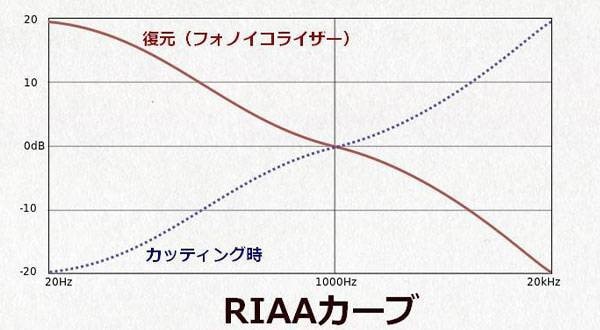
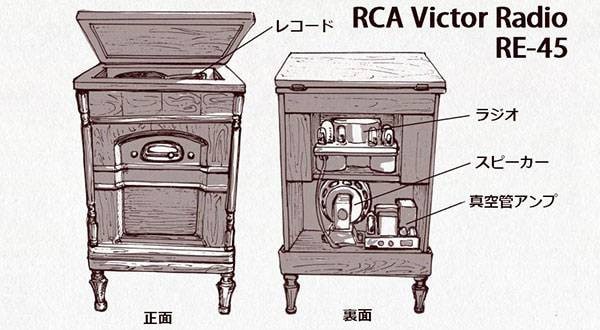
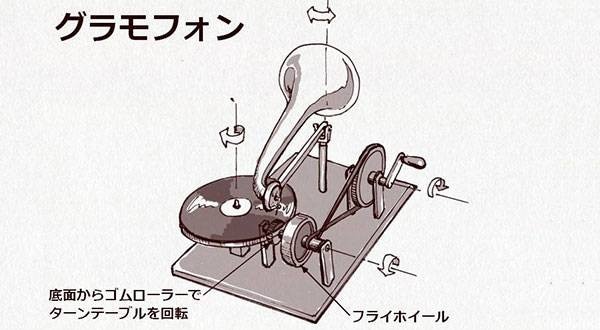
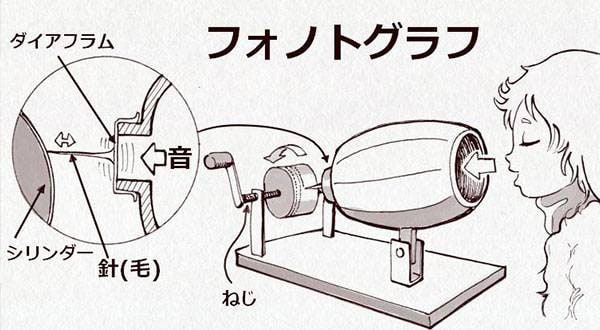
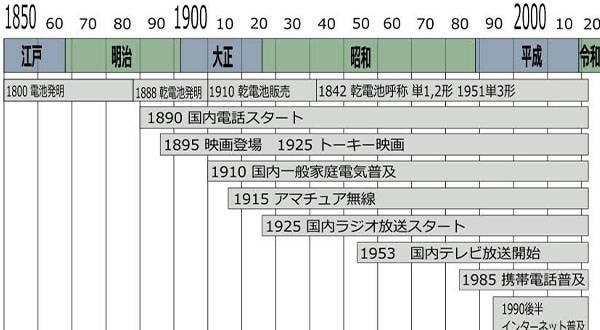
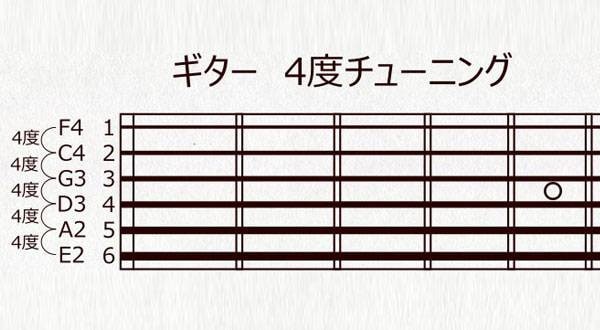
 PC向けDJソフトの選び方
PC向けDJソフトの選び方
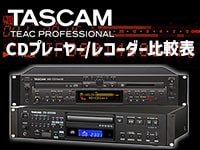 TASCAM CDプレーヤー/レコーダー比較表
TASCAM CDプレーヤー/レコーダー比較表
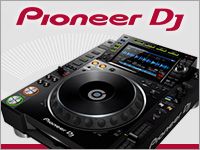 PIONEER DJ 比較表
PIONEER DJ 比較表
 YAMAHA CD-S303RK
YAMAHA CD-S303RK
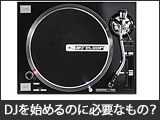 DJを始めるのに必要なもの?
DJを始めるのに必要なもの?
 DJ入門講座
DJ入門講座















